They Won’t Remember You
Shuffle Along, Revivals, and Reconstructing the Theatrical Past
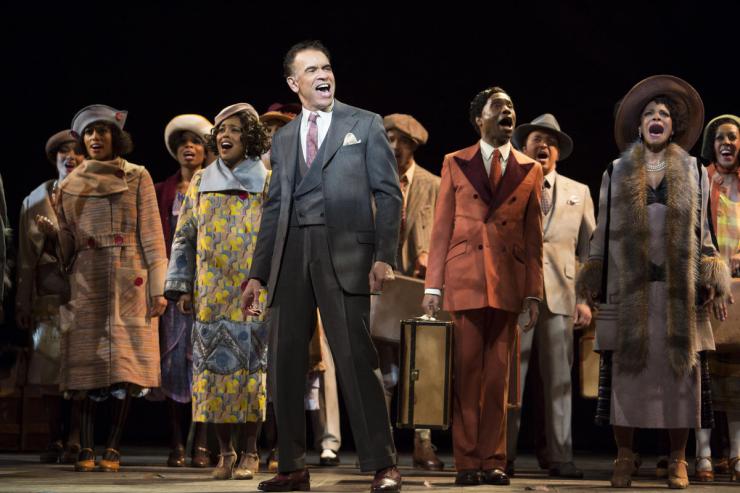
Toward the end of Shuffle Along, or the Making of the Musical Sensation of 1921 and All That Followed, a gossip columnist taunts the creators of the original musical, sneering “they won’t remember you” as the group sees their past successes slip away. And indeed—for much of the century that’s ensued since Shuffle Along first debuted to rapturous success in 1921, that’s been the case.
Shuffle Along is one of the most influential musicals in the musical theatre canon: it brought syncopation and a dancing chorus to Broadway, legitimized African-American theatre and performers, helped to desegregate historically “white” theatres, and influenced everyone from Josephine Baker and Paul Robeson (who appeared in the cast) to the Ziegfeld Follies dancers, Langston Hughes, and George Gershwin. But despite its vast contributions, the show has never reached the heights of Oklahoma! or Showboat in the pantheon of musical theatre history. Though the show has influenced nearly everything that came after its groundbreaking debut, its name and creators were largely forgotten.
Musicals have been inspired by history, using the here-and-now of live performance to comment on and interpret the past…But the 2016 Shuffle Along didn’t just use a historical story or era as a dramatic tool. Instead, the show utilized the medium of musical theatre as a way to document and share the forgotten history of the form itself.
Until this year, that is. Nearly a century after its premiere, George C. Wolfe brought the show back to Broadway in a new adaptation, which couched the original musical’s score within the dramatized tale of its creation, success, and turbulent aftermath. The show educated and entertained audiences, reviving the spirit of the original production even as it mourned its fade into obscurity. But less than three months after opening on Broadway, Shuffle Along abruptly closed.
…So what happens to that history now?
From Broadway’s earliest beginnings, musicals have been inspired by history, using the here-and-now of live performance to comment on and interpret the past (with Hamilton demonstrating just how effective these adaptations can be). But the 2016 Shuffle Along didn’t just use a historical story or era as a dramatic tool. Instead, the show utilized the medium of musical theatre as a way to document and share the forgotten history of the form itself.
This self-preservation of the theatrical past is similarly evident in a number of “reconstructed” performances or resurrections of “lost” works. These range from the 2011 production of Oklahoma! at the University of North Carolina School of the Arts, which faithfully reconstructed the original 1943 production, to the work of American Dance Machine, a company that reconstructs dance numbers from the musical theatre canon. It’s also evident in the revival of The Black Crook, the 1800s spectacle considered to be the first musical, at Abrons Art Center this fall, or in the rarely-seen musicals resurrected in concert productions by Encores! at New York City Center. Distinct from the vast majority of theatrical revivals, which use existing (and often familiar) texts as a framework for a new theatrical vision, these productions are focused on using theatre to unearth and redocument something about the theatrical past. They are historical objects in themselves, taking on vanished pieces of history and becoming a vessel that introduces them to new audiences.
Of course, preserving the past theatrically guarantees that these productions won’t be an exact replica of what they're documenting. Sets, costumes, and orchestrations can be recreated—but performances cannot. Even choreography, which is typically passed down orally from dancer to dancer, is often subtly and unconsciously changed as it gets transmitted. As Antonin Artaud notes, theatre is "the only place in the world where a gesture, once made, can never be made the same way twice."
When performed live by modern performers, the context of an original production also inevitably changes. For many shows, this is by virtue of simply performing a musical in a different era from its original production. Audiences, performers, and the creative team approach a work through the lens of their own experiences, which are filled with problems and viewpoints completely different from those of the original creators. Shuffle Along took this even further by adapting the original piece specifically to recontextualize it, inserting it into a broader historical and societal narrative that could resonate with modern audiences (particularly in today's racially-charged society) better than the more simplistic original show could do alone. American Dance Machine also dramatically alters the context of its performances, as dance numbers that originally appeared within the narrative arc of a musical get divorced from their original setting and reinserted into a concert dance program.
These productions are, by necessity, then, inherently separate entities from the original shows they try to recapture. For the creators of these works, this difference is a source of pride: Encores! boasts that its productions aren't "historical documents," but rather "living, vital works that continue to resonate with audiences." About the 2011 Oklahoma! recreation, musical director John Mauceri explained, “We didn’t want to do a museum piece…our job was on one hand, get out of the way and let it happen, but also then to take the joy of [the original production] and be inspired by its joy, and move into it and make it brand new." These theatrical productions strictly adhere to a past template, but invigorate it with a modern-day perspective. They faithfully represent what's come before, but simultaneously allow artists and audiences to filter this past product through their own thought processes and contemporary lens.
But being a hybrid of past and present doesn't mean that these productions aren't still legitimately documenting the past. To define what constitutes as documentation, Arts Archives founder Peter Hulton devised the mnemonic AIPP: aligned, individuated, performative, and projective. This defines documentation as that which remains faithful to what's represented, yet also exists as a separate entity produced with a future user in mind. These theatrical recreations—faithful, historical, yet distinctly contemporary—fit squarely into Hutton’s definition. They represent what came before while simultaneously becoming their own separate performance, catapulting the past into the present for the benefit of modern-day audiences.
And when it comes to the performing arts, no form of documentation can be an exact replica—books and reviews don’t allow for the visuals of a production, photographs don’t capture motion, and even film, arguably the most “complete” form of documentation, is still limited by the scope of the camera and where it focuses onstage. Even historical archives are at the mercy of what an archivist chooses or is able to include.
Unlike these more static archival forms, it's precisely theatre's ability to take past works and present them live that make them enduringly relevant: not the stuffy “museum pieces” the re-creators so hope to avoid, but real, fleshed-out works of art that still have something to offer. By being performed live once again, these musicals resolutely prove that they are still alive themselves. And while it's easy to read about the energy of an original production or its success through firsthand accounts and box office reports, recreating it theatrically not only documents a performance, but also its reception, letting modern audiences experience firsthand the effect it may have had on viewers of the past.
For shows that seek to precisely reconstruct a past production, the process behind the reconstruction, too, is as valuable as the final product. The students recreating Oklahoma! were able to work directly with original performer Gemze de Lappe to bring Agnes de Mille’s choreography back to the stage, while American Dance Machine’s dancers work with the original performers or choreographers to reconstruct the dances they’re performing. ADM “reconstructionist” Robert LaFosse notes in a video on the ADM website entitled “Who We Are: Living Mission Statement,” "It’s not just someone looking at a video…and reconstructing it, it’s someone that actually experienced the actual time that it took to get to that point.” Being able to communicate the process and intent behind the work allows the reconstructed production to recapture the “spirit” behind a piece as pure mimicry could not. It also passes on this process to a new generation of performers, who—even after the reconstructed production has ended—now carry these insights with them and can pass them on.
Using theatre to document a past work means that the show re-enters the cultural memory through its audiences and performers, …. But years down the line, how will these productions ultimately escape the same forgotten fate as the shows they tried to revive?
But for as valuable as these live documents of the theatrical past are, they're also ephemeral—and this is where the problem with using theatre as a historical text lies. As the lost productions recreated onstage demonstrate, theatre is an art form that disappears: once a performance ends, it can never truly be recaptured, and once a production ends, it slowly fades from the collective consciousness. While its liveness is one of the greatest things about theatre, it’s also a serious issue for productions that seek to capture the theatrical past. Using theatre to document a past work means that the show re-enters the cultural memory through its audiences and performers, who can now pass it on to future generations. But years down the line, how will these productions ultimately escape the same forgotten fate as the shows they tried to revive?
The benefit of reviving history right now is that our digital age ensures there are more opportunities for concrete documentation than ever before. Though the shows themselves can’t be replicated, these modern-day recreations provide a revived foundation through which more stable forms of documentation can be created and archived for the future. Hutton's definition of documentation as having a future user in mind is further fulfilled here, as these productions have the capacity to use their presence to make a lasting mark on future audiences and artists. Cast recordings have long captured a production’s performances and score (and published librettos can document the book), but as National Theatre Live and the recent livestream of She Loves Me demonstrate, productions can now be filmed for mass consumption as well—along with the Theatre on Film and Tape Archive at the New York Public Library, which has been documenting Broadway performances since 1970. Photos and videos of a show also often dominate marketing strategies, and with the advent of blogging and social media, there are now more options for audiences and artists to document and share their own experiences with theatre they see or produce.
But while it's easy to rely on the expectation that a show will have a lasting digital footprint, there's an added pressure on producers of these theatrical reconstructions. They have to not only produce the live performance, but also ensure that the history they're so desperately trying to revive gets preserved and is made available for future generations to enjoy. The 2011 Oklahoma! reconstruction accomplished this brilliantly: the show was filmed and broadcast (and is still available to watch on YouTube), and the University of North Carolina School of the Arts produced a web series on the reconstruction process. American Dance Machine, too, films its reconstructed dances and rehearsals. But in the case of Shuffle Along, its sudden closing meant that any plans that might have been in the works for further documentation were cut short. Though the show was recorded for the New York Public Library, a cast recording has yet to be announced, and it was never filmed for a broader audience.
Hopefully the show will go on to have a longer life in regional theatres, the West End, or a national tour. But for now, except for those researchers who can make a trip to Lincoln Center, this electrifying resurrection of an essential chapter in musical theatre history is relegated to the memories of those lucky enough to see it. In one sense, this is the beauty of theatre—what once was will never be again, making Shuffle Along’s bittersweet themes of the fleeting nature of success now resonate more than ever. But in a historical sense: it's a big loss.
So what will happen to the stories of Sissle and Blake, Miller and Lyles, and the groundbreaking work they produced? That remains to be seen. But it's clear that while theatre is a singularly valuable medium for documenting its own past, it’s dangerous for producers of these reproductions to take a short-sighted view. Theatrical preservations of the past should be strongly encouraged—but without a strategy for how these works of preservation will themselves be remembered, these productions, too, may one day be relegated to the footnotes of history.

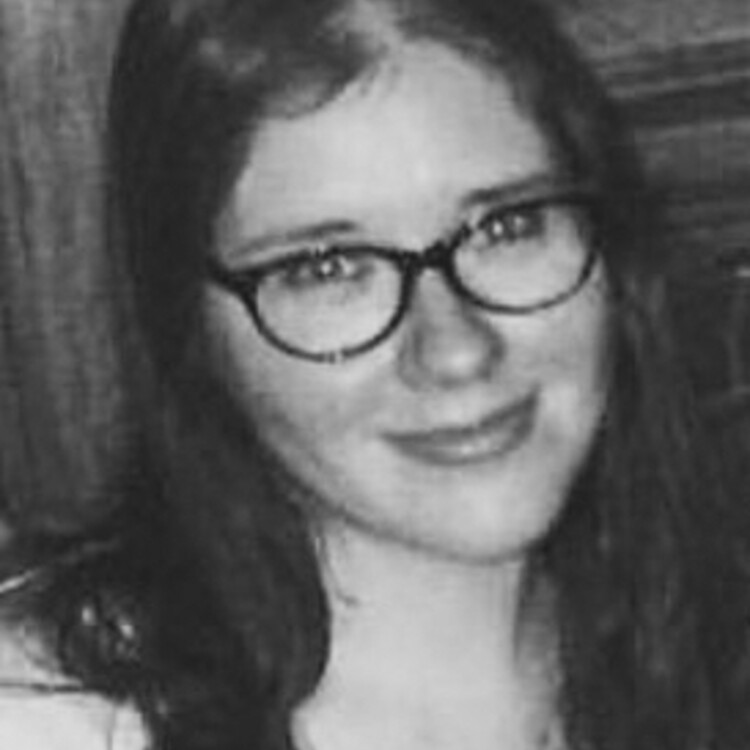
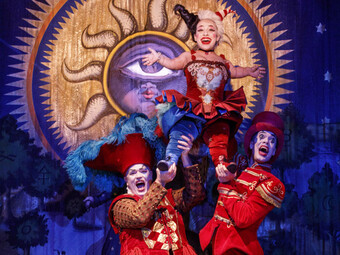

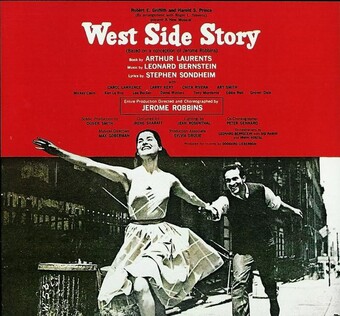

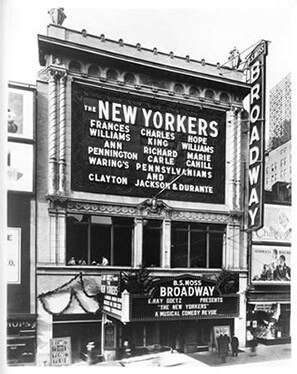


Comments
The article is just the start of the conversation—we want to know what you think about this subject, too! HowlRound is a space for knowledge-sharing, and we welcome spirited, thoughtful, and on-topic dialogue. Find our full comments policy here